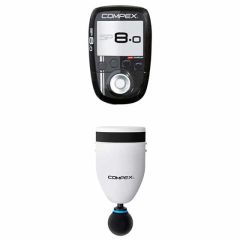How to Treat Shoulder Tendinopathy with Electrostimulation
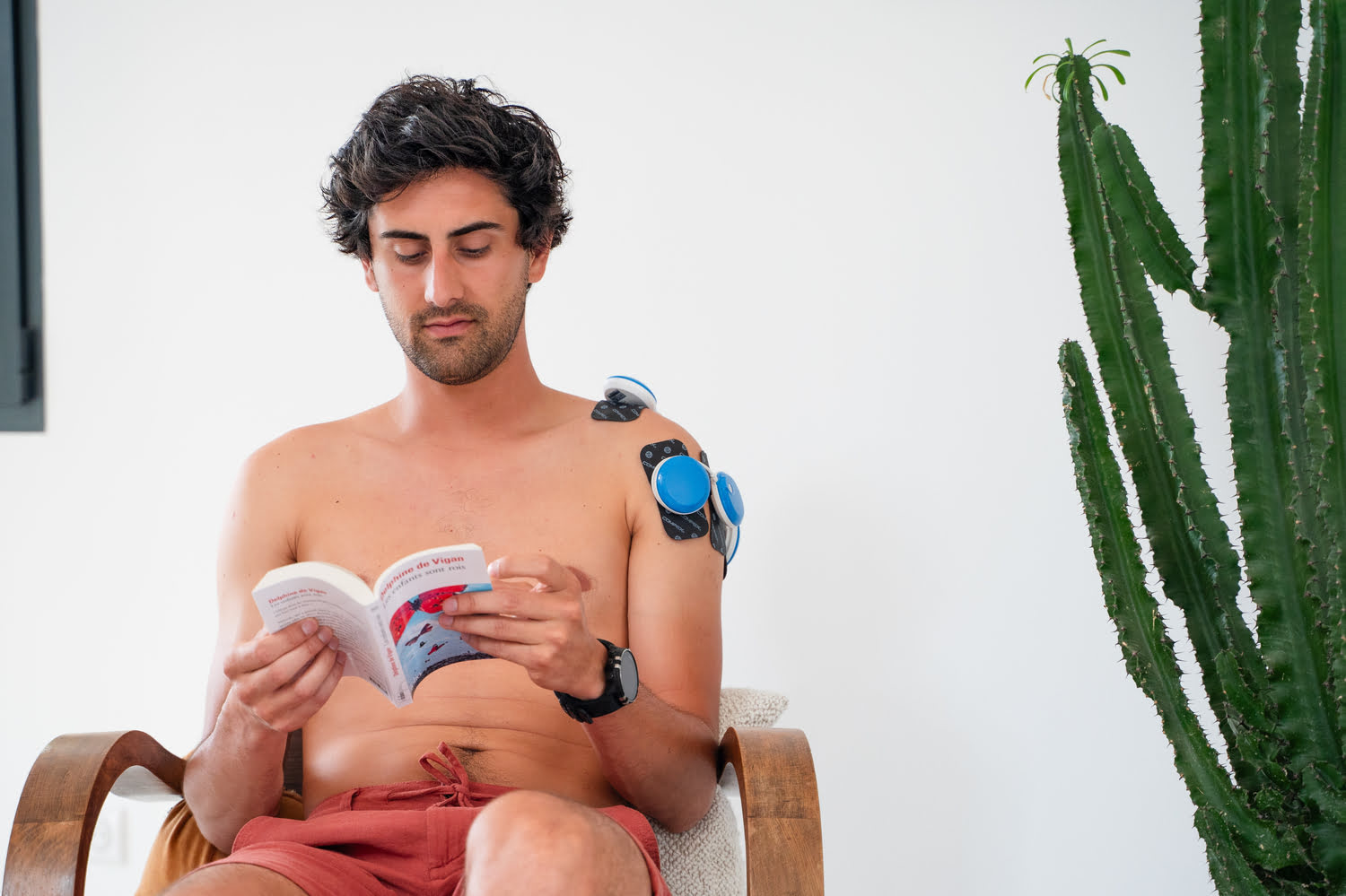
Supraspinatus or subscapularis shoulder tendinopathy can be a source of pain and can greatly limit natural movement. In this blog, we explore how electrostimulation can help to treat this common condition.
Discover how this technology can assist the healing of a shoulder tendinopathy by reducing pain, and restoring shoulder mobility. This in turn will allow you to regain the comfort and function of your shoulder through electrostimulation.
In this specific case, shoulder tendinopathy characterizes itself by two phases:
Phase 1: the acute or inflammatory phase. The pain is sharp and constant.
Phase 2: the chronic phase. The inflammation has gone, but there is still regular discomfort.
Wireless Device
Wired Device
Phase 1 of Shoulder Tendinopathy: Acute Phase
Shoulder tendinopathy normally starts with an acute or inflammatory phase. During this phase, the tendon region is often warm and red. Pain is sharp and occurs upon palpation of the tendon and during shoulder movements.
At this stage, pain limits shoulder mobility which is needed for certain sports and sometimes even hinders daily activities like carrying a shopping bag.
The Tendinitis program, available on many of the Compex electrostimulators, helps to relieve tendon pain during the inflammatory phase, during which you must take a break from activity. Here are some factors that can lead to recurrent issues with shoulder tendinopathy: premature or accelerated return to training. This can result in long-term absences from activity.
Once the acute phase of shoulder tendinopathy is overcome, the tendon condition typically enters a chronic phase.
Program: Tendinitis (or TENS or Modulated TENS depending on the Compex model)
Treatment Duration: throughout the duration of both the acute phase and the persistence of the inflammatory signs of shoulder tendinopathy.
Treatment Procedure: at least one session daily to target shoulder tendinopathy. Repeat sessions several times within a day, depending on individual needs.
Electrode Placement: cover the entire painful region with as many electrodes as necessary.
Wireless Placements
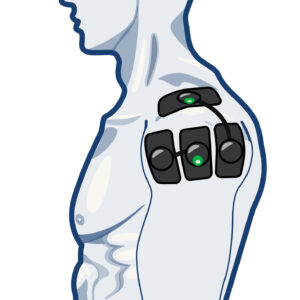
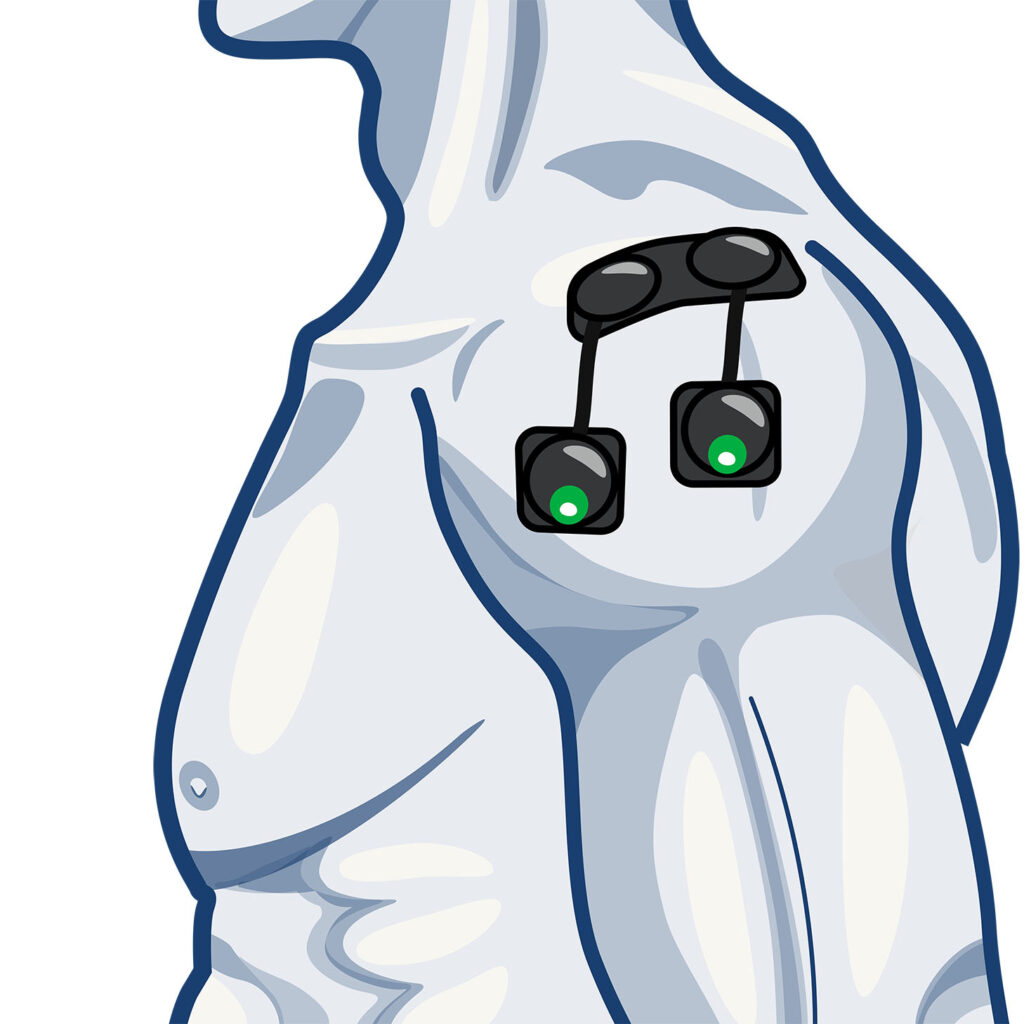
Wired Placements
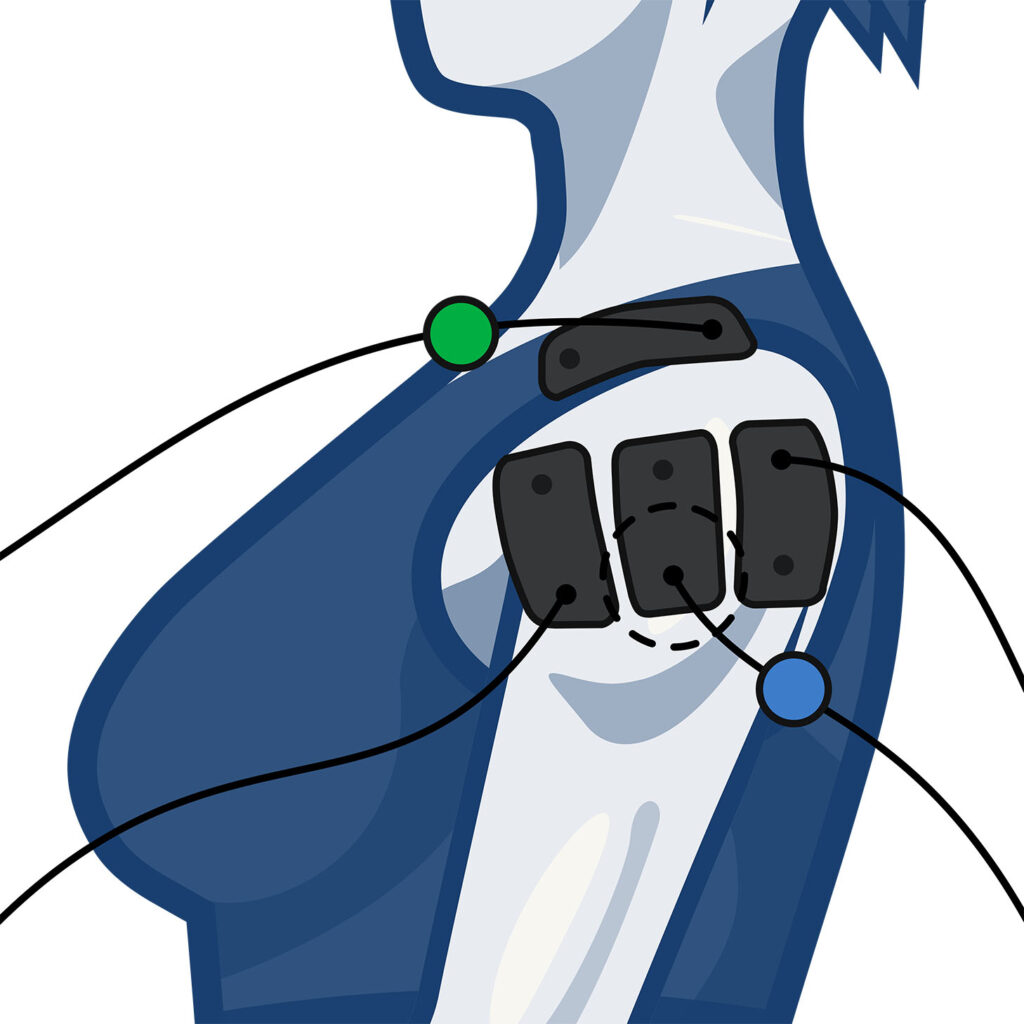
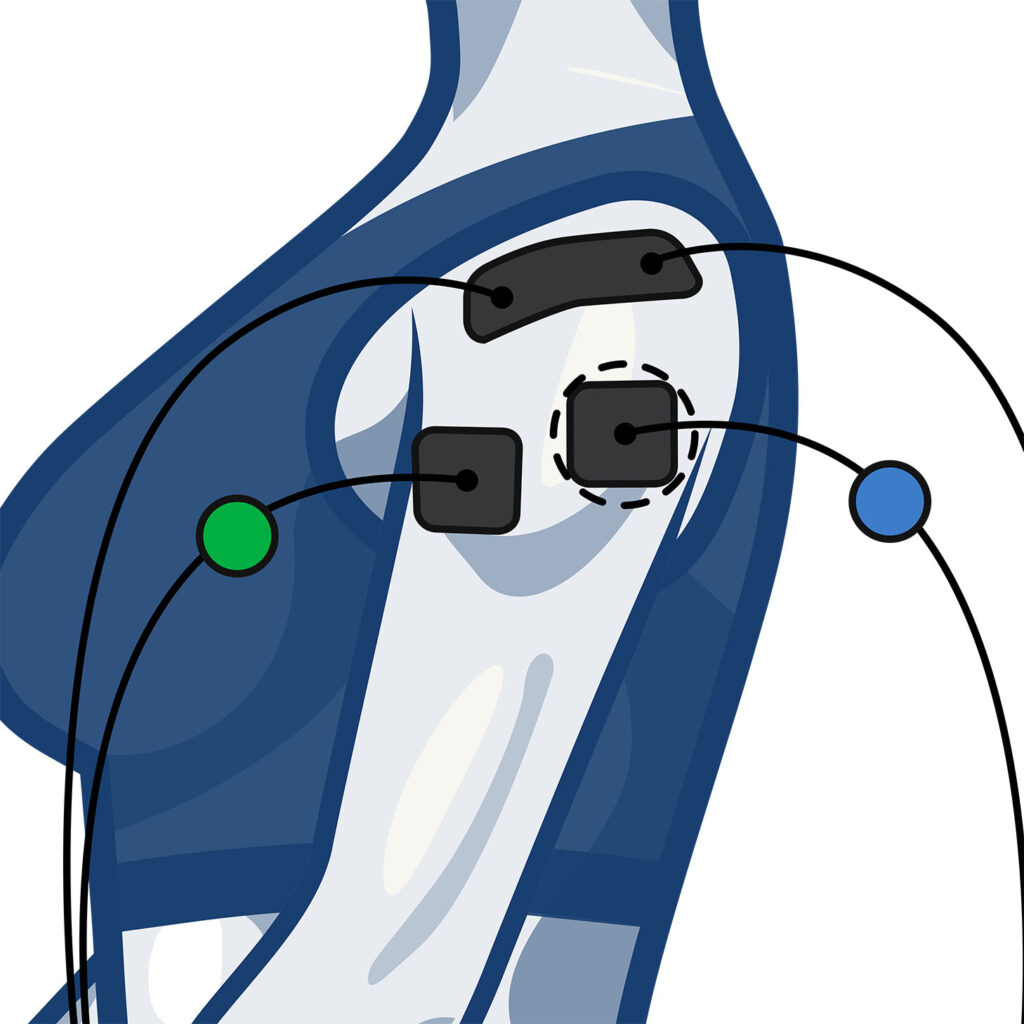
Body Position: position yourself in the most comfortable neutral position.
Adjusting the Intensity: the desired effect to achieve a tingling feeling without pain.
Gradually increase the intensity of stimulation until you feel a tingling feeling. Increasing stimulation intensities beyond a certain level does not bring further efficiency in treating shoulder tendinopathy and may trigger undesirable muscle contractions for this treatment.
Devices with mi-TENS technology (SP 8.0 & SP 4.0): if a contraction is detected, the stimulation intensity is reduces automatically.
Devices without mi-TENS technology: if a muscle contraction occurs, reduce the intensity level manually.
Phase 2 of Shoulder Tendinopathy: Chronic Phase
The typical progress of shoulder tendinopathy often begins with an acute phase, followed by a chronic phase where clear signs of inflammation (warmth, redness) have disappeared.
Pain is no longer present and no longer impedes daily activities. However, persistent discomfort or a slight reoccurrence of pain occurs during an extremely gradual resumption of training.
Note that restarting sports activity should always be done with the green light from a healthcare professional and carried out extremely gradually. The appearance of discomfort or pain should always interrupt the training session.
During this chronic phase of shoulder tendinopathy, the tendon is in the healing stage, and there may be microlesions of the tendon fibers that need further healing.
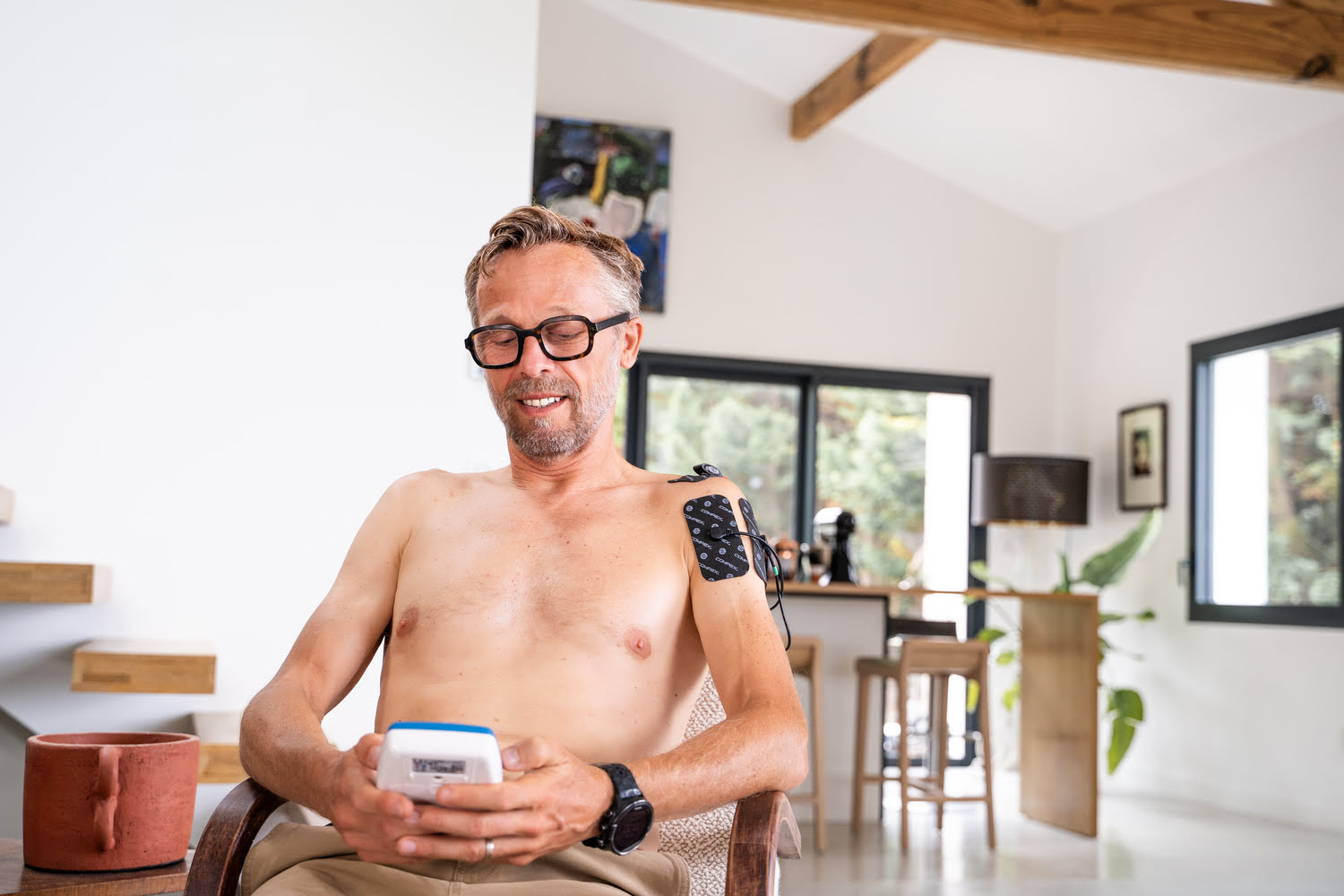
Program: Muscle Atrophy, then Strengthening
Treatment Duration: throughout the chronic phase of shoulder tendinopathy until the complete disappearance of painful signs. If you observe no improvement after the first week of use, consult a doctor.
Treatment Procedure: it is best to start with 3 to 4 sessions per week for 2 weeks with the Muscle Atrophy program. Then continue with the Strengthening program for the next 2 weeks with 4 to 6 sessions per week.
Body Position: Seated or lying down in a comfortable position.
Adjusting the Intensity: the desired effect is to induce powerful contractions involving as many muscle fibers as possible.
Why Regularly Increasing the Intensity is Key
It is crucial to regularly increase the intensity up to the maximum bearable level to help build muscle and relieve the shoulder tendinopathy. This is vital because the intensity directly determines the percentage of muscle fibers you engage.
As you adapt to the technique, you must always aim to regularly increase the intensities throughout each session (for example, every 4 to 5 contractions), as well as from one session to the next. A good approach is to set a goal for each session to exceed the intensity level achieved in the previous session.
You should, therefore, quickly reach an intensity/energy level of at least 100, then aim to approach a level of about 250; it is not uncommon to see some athletes reach the maximum (999).
Increase only during the contraction phase. Halve the intensity during the rest phase, and there's no need to increase it.
During the warm-up and recovery phase, increase the intensity until you experience strong muscle jerks that remain comfortable. On the SP 8.0, the mi-AUTORANGE function will automatically adjust the intensity. Once this is found, it will be marked "Optimal intensity level found".
Do not ignore pain as it can lead to recurrent issues with shoulder tendinopathy. Consult a doctor if it is strong and/or lasts too long.
Proven Effectiveness
Backed by clinical studies proving their effectiveness, Compex stimulators also belong to the category of Class II medical devices. They also meet the needs of the European Medical Standard 93/42 EEC.
Compex - Always with you
We're on the side of athletes, amateurs and ordinary people, from the search for improved performance to post injury recovery, from post fatigue massage to pain treatment. At Compex, we have just one goal: people's well being.
Choose the one that's right for you, by taking a look at our buying guide.
Read our experts' advice on the official blog, catch the latest news, product releases and promotions by subscribing to our newsletter, and watch our videos on the YouTube channel and follow us on Facebook and Instagram to stay up to date.





